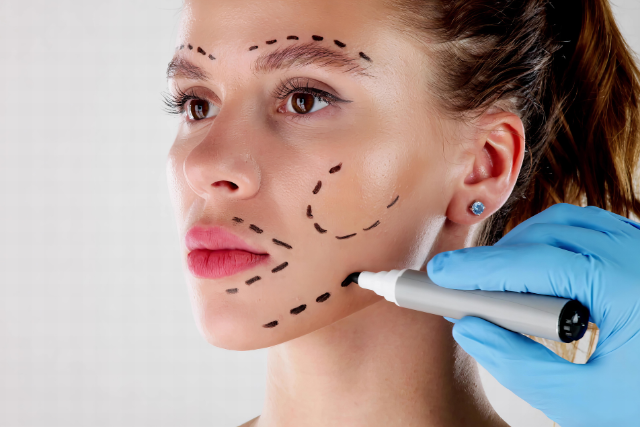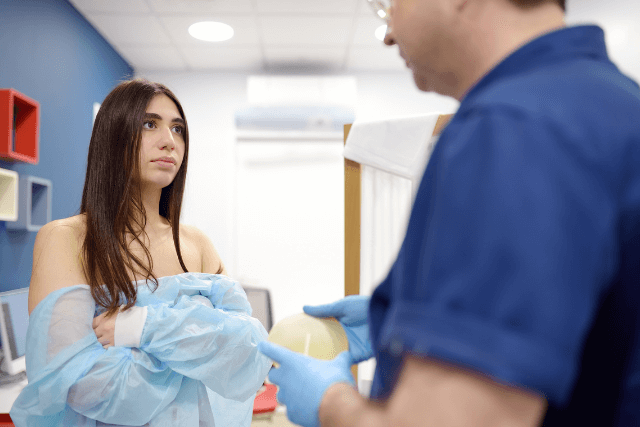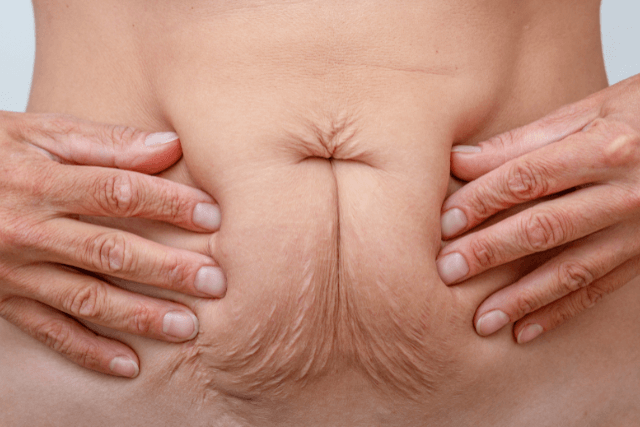Introduction
Abdominoplasty, commonly known as a tummy tuck, is a transformative procedure that enhances the appearance of the abdomen by removing excess skin and tightening muscles. Proper abdominoplasty post op care is essential for a smooth recovery and optimal results. This guide provides detailed post-operative instructions to help patients navigate their recovery process effectively.
First Few Hours After Surgery
The first few hours after tummy tuck surgery are crucial. Patients may feel groggy due to anesthesia and should have a responsible adult to assist them. Keeping the head elevated helps reduce swelling.
Post Operative Pain Management
Patients should expect some pain during the healing process and manage it properly to ensure a comfortable recovery. Patients should take prescribed pain medication as their surgeon directs to control discomfort.
Types of Pain Management
- Prescribed Medication: Most patients receive a combination of pain medication, including anti-inflammatories and muscle relaxants, to alleviate discomfort and promote relaxation.
- Ice Packs: Applying ice packs to treated areas can help reduce swelling and numb pain naturally. However, ice should never be applied directly to the skin.
- Compression Garment: Wearing a compression garment helps to reduce swelling, support the healing tissues, and provide additional comfort.
- Proper Positioning: Keeping the head elevated and the knees slightly bent while resting can relieve pressure on the abdomen.
- Mobility and Movement: Patients should engage in light walking to improve circulation, prevent blood clots, and reduce stiffness.
When to Call Your Surgeon
Patients should report severe pain, chest pain, or persistent discomfort that does not improve with prescribed medication to the doctor immediately. Furthermore, if pain suddenly worsens after initial improvement, it could indicate complications that need prompt medical attention.
Importance of Compression Garments
Patients should wear a compression garment as directed to minimize swelling and support the healing process. This garment helps the skin conform to the new body shape and reduces fluid buildup.
Caring for the Incision Site Post op
The incision site requires diligent care to prevent infection. Patients should apply antibiotic ointment as instructed and keep the area clean. Steri strips and dressings should be left in place until removed by the surgeon.
First Post Operative Visit
Most patients will have their first post operative visit within the first week after surgery. The doctor will check for any signs of excessive bleeding, redness, or infection. Any concerns about swelling, numbness, or bruising should be addressed during this visit.
Post Operative Instructions for Daily Activities
Patients should follow specific abdominoplasty post op instructions for daily activities:
- Walking is encouraged to prevent blood clots.
- Avoid heavy lifting and strenuous exercise for at least several weeks.
- Sexual intercourse should be avoided until cleared by the doctor.
- Hot tubs and swimming should be avoided until the incision site has healed.
Addressing Common Post Operative Symptoms
Swelling and Bruising
Swelling and bruising are normal and will subside over time. Additionally, keeping the head elevated and using ice packs can help.
Persistent Nausea and Vomiting
Some patients experience persistent nausea after surgery. If vomiting occurs frequently, patients should contact their surgeon.
Constipation After Surgery
Pain medication and reduced mobility can cause constipation. Staying hydrated and taking stool softeners as prescribed can help prevent discomfort.
Post Op Exercise and Physical Activity
Patients should start walking immediately after surgery to promote circulation. Meanwhile, they should resume more intense exercise only after receiving clearance from the doctor, typically after three weeks.
Post Op Bathing and Showering Guidelines
Patients should avoid showers for the first few days and follow their surgeon’s advice on when it is safe to resume. Patients should avoid hot tubs and baths until their incisions have fully healed.
Managing Abdominoplasty Post Op Discomfort
Tightness and discomfort in the abdomen are common in the first week. Patients can use heating pads for relief but should avoid applying them directly to the skin.
Caring for Drains and Dressings
Some patients may have a drain placed to remove excess fluid. The surgeon will provide specific instructions on how to care for it and when it will be removed.
Returning to Normal Activities
Most patients can resume light activities within the first week. Patients should avoid strenuous tasks, including heavy lifting, for several weeks and limit alcohol consumption during the recovery period.
Long-Term Healing Process
Full recovery can take several weeks to months. Scars will continue to fade over time, and wearing compression garments will help with the healing process.
Expert Care at Eberbach Plastic Surgery
At Eberbach Plastic Surgery, patients receive top-quality post-operative care. The experienced team, including Dr. Eberbach and his providers, ensures a smooth recovery process.
Our Locations
Eberbach Plastic Surgery serves patients across Tampa Bay and the surrounding areas. Our team designed state-of-the-art facilities to provide comfort and high-quality care throughout every stage of your journey.
- Main Office in Hudson, FL: Our primary surgical center, offering consultations and procedures in a modern, fully-equipped setting.
- Tampa Bay Area: Patients from across the region can visit our facility for comprehensive plastic surgery services.
- Virtual Consultations: For added convenience, we offer virtual consultations to assist patients in determining the best course of action before scheduling an in-person visit.
With a strong reputation and expert team, Eberbach Plastic Surgery ensures that each patient receives the best care possible in a supportive environment.
Conclusion
Proper abdominoplasty post-op care is essential for achieving the best results. By following post-operative instructions, monitoring symptoms, and staying in contact with the surgeon, patients can enjoy a smooth and successful recovery.





